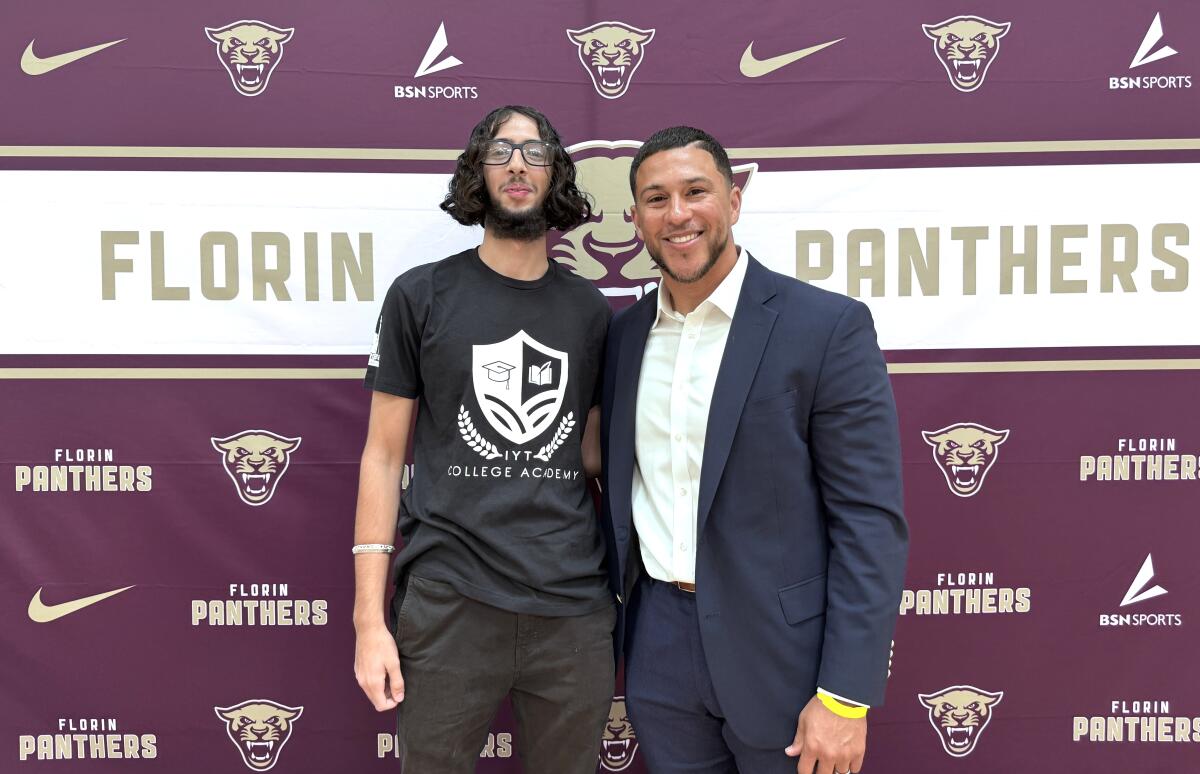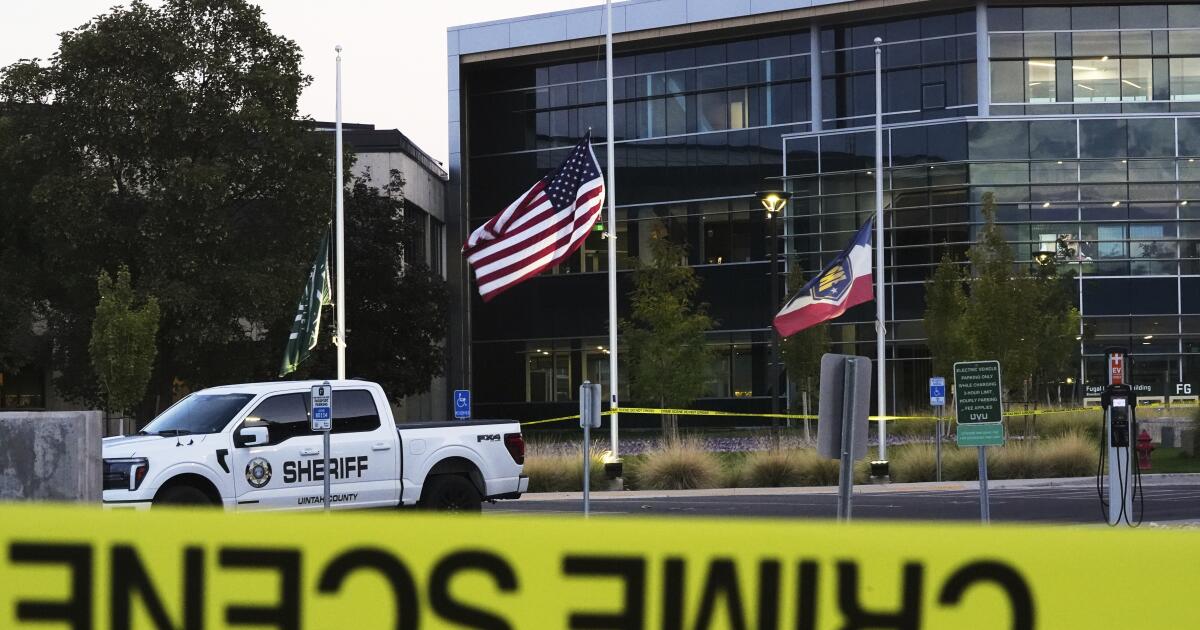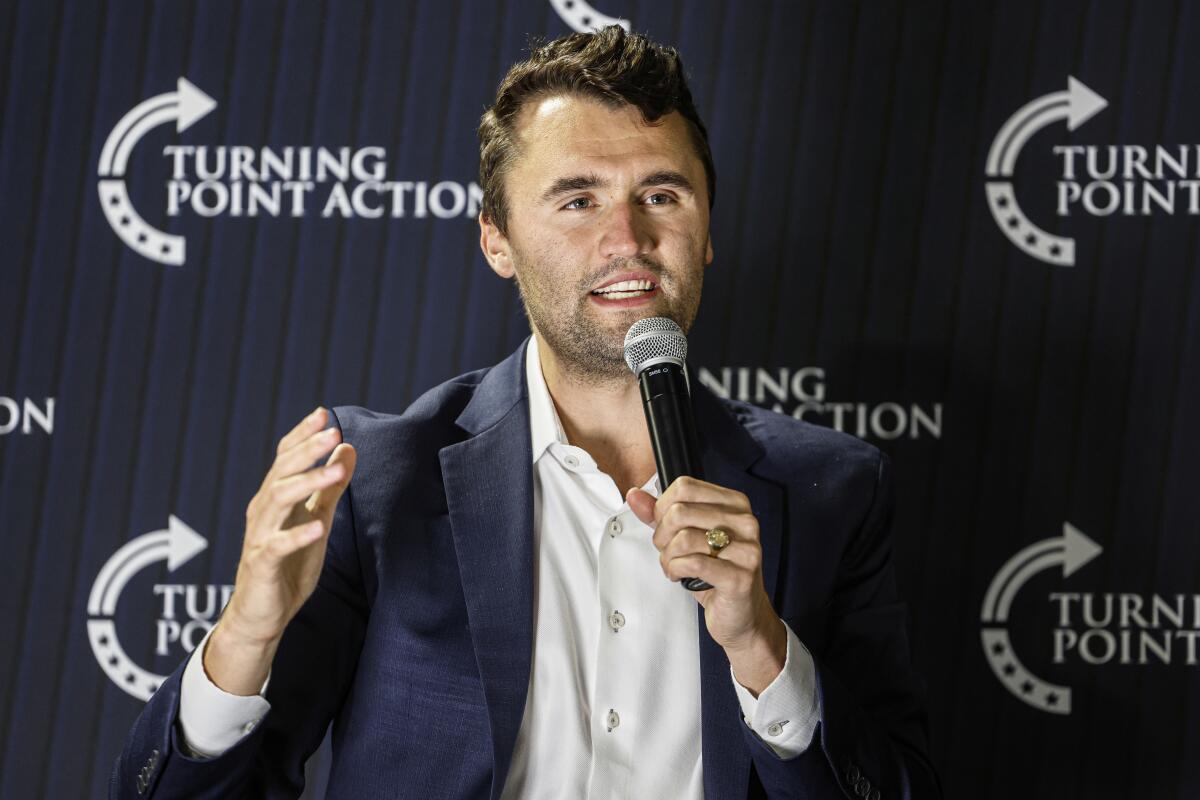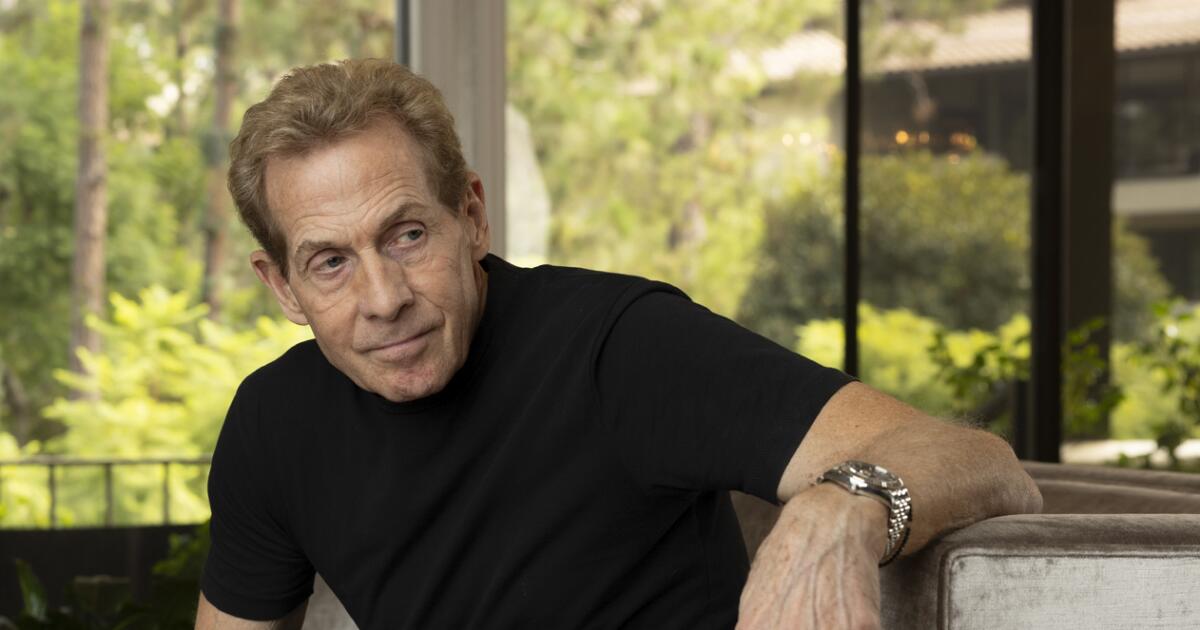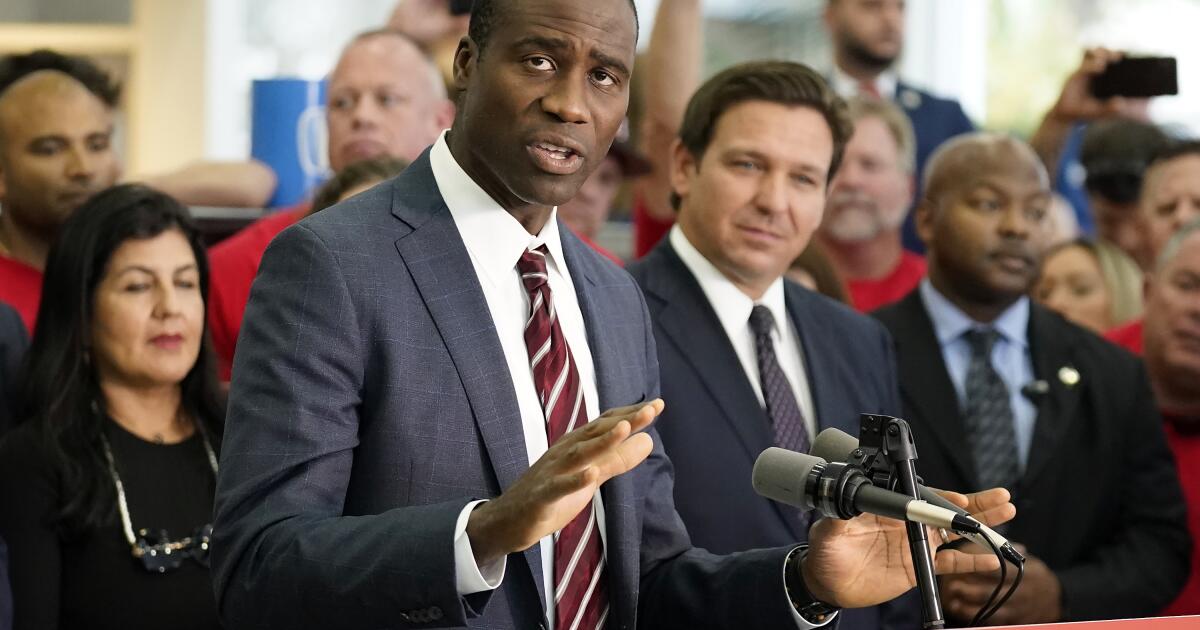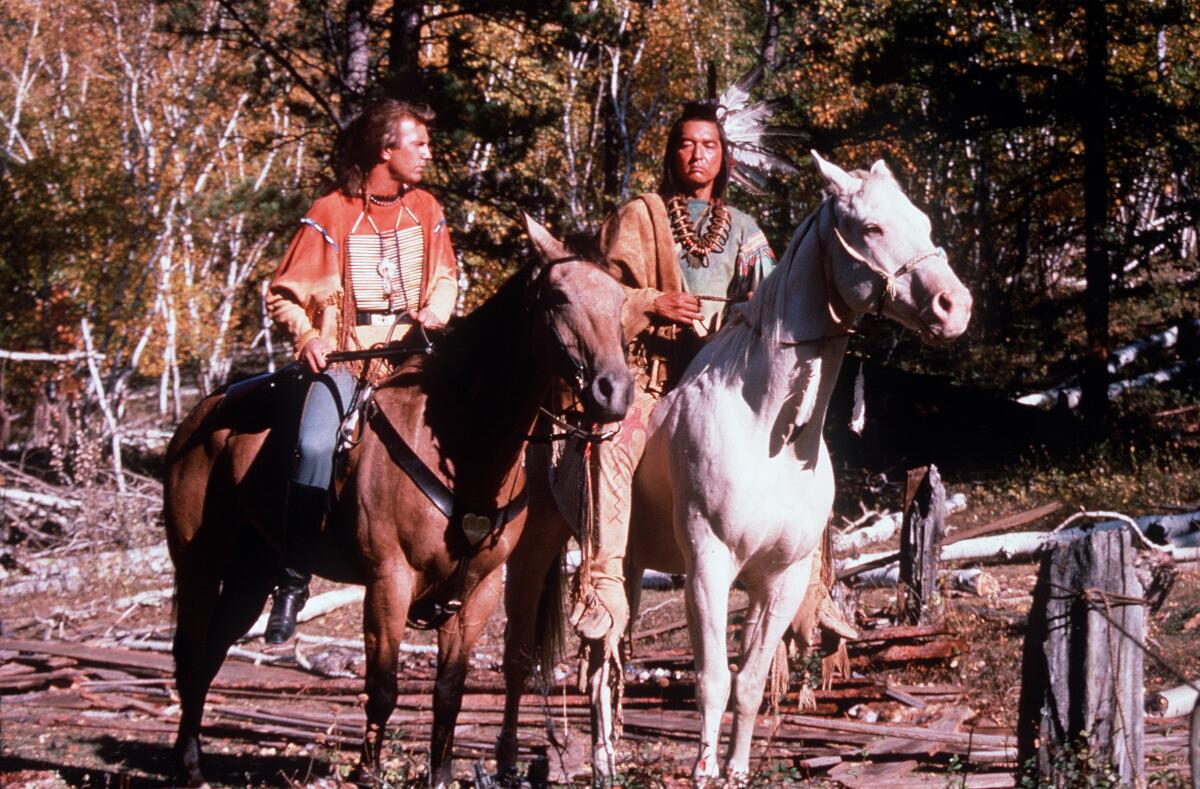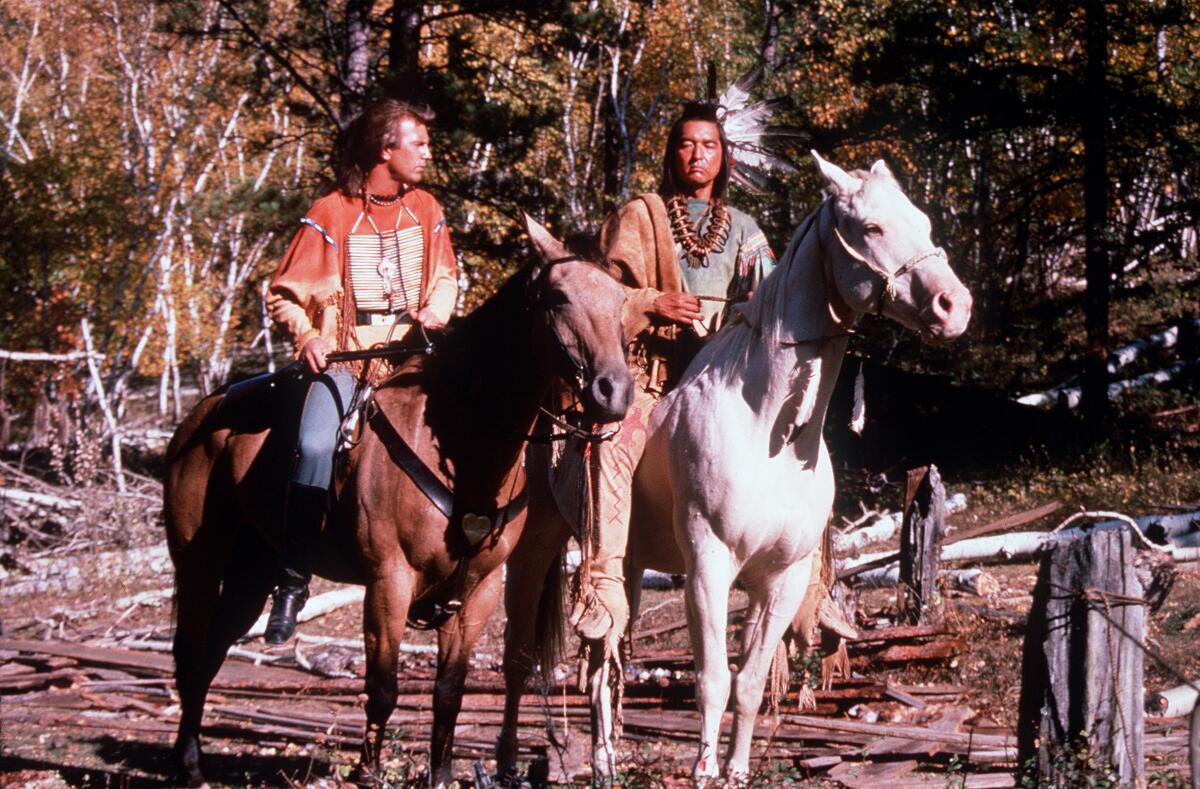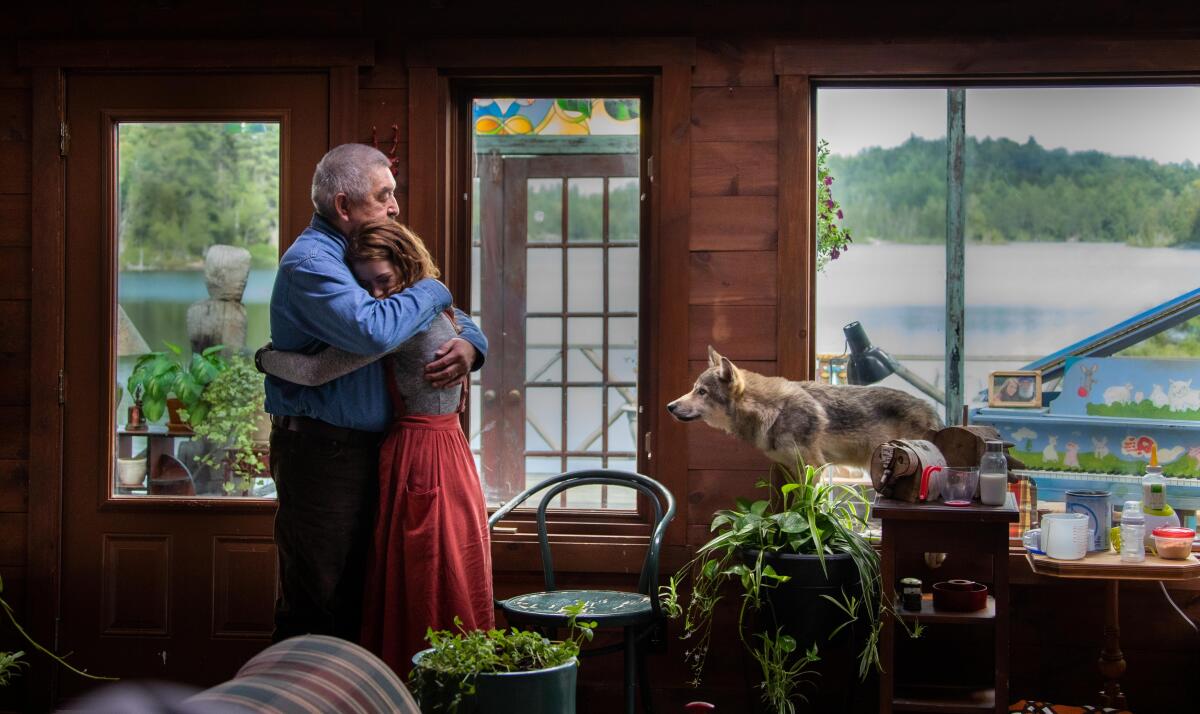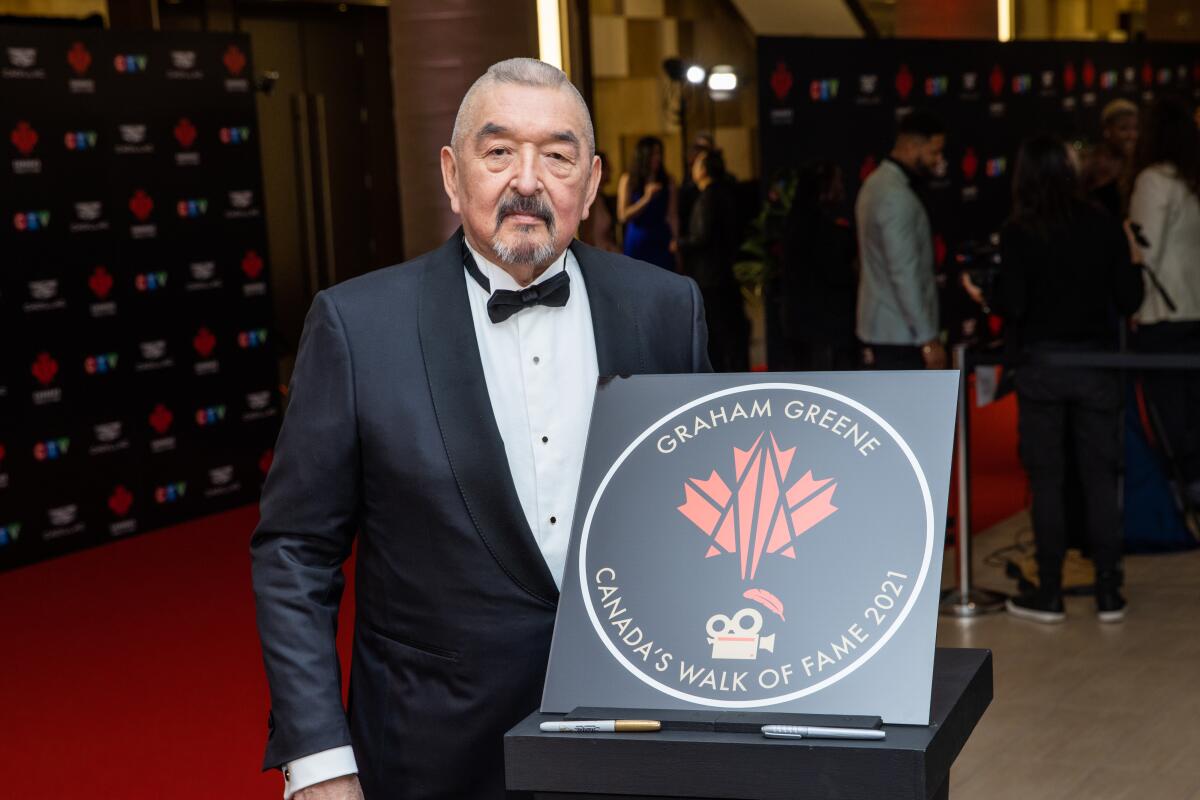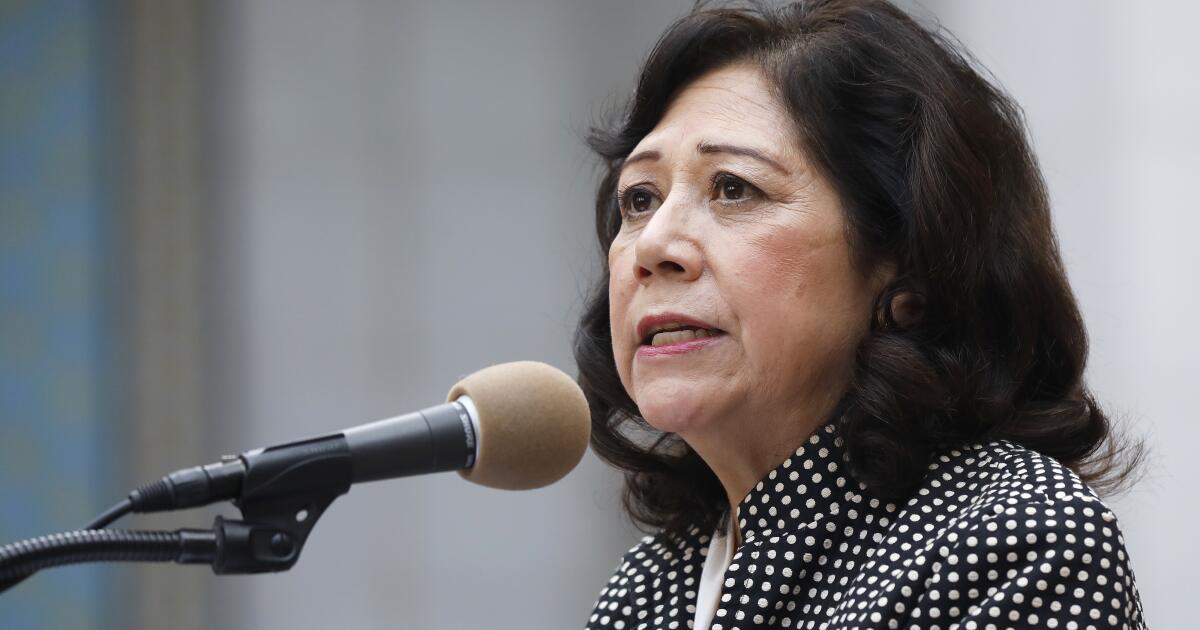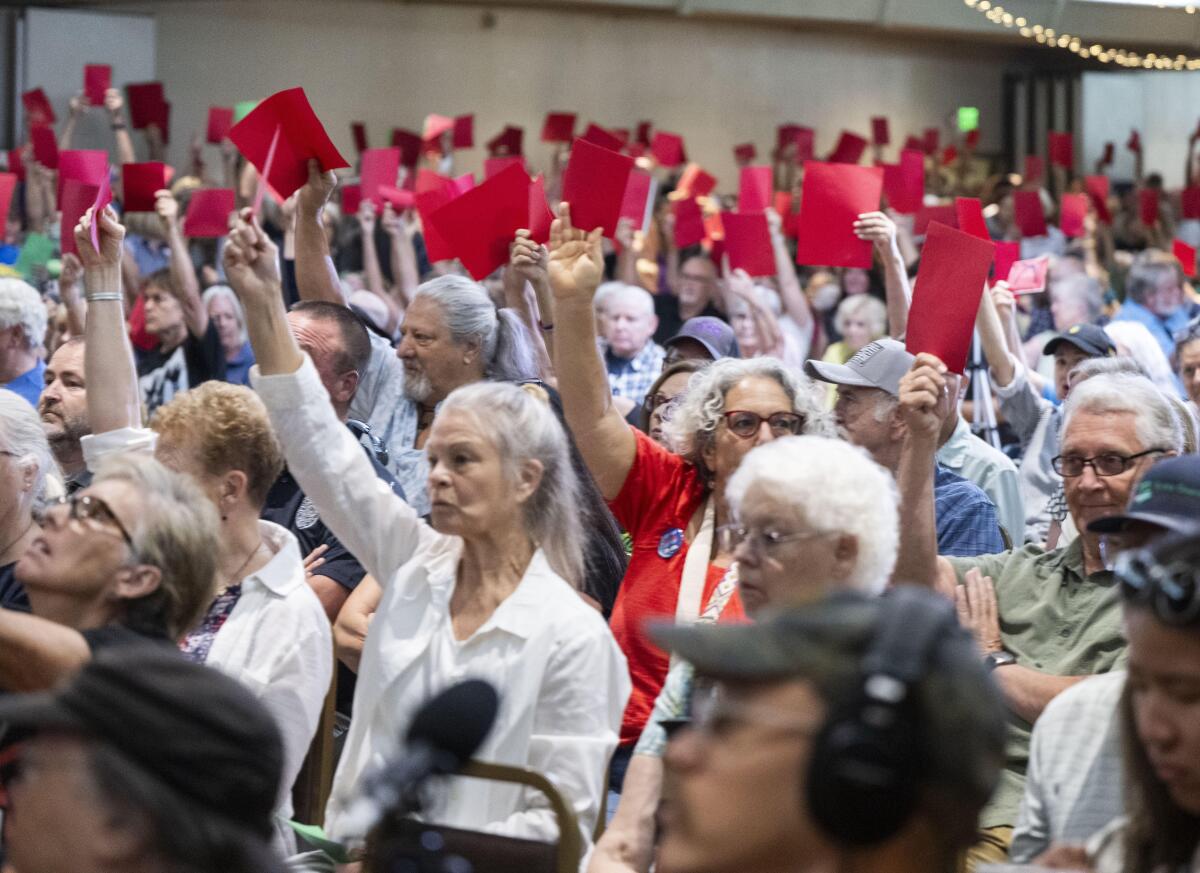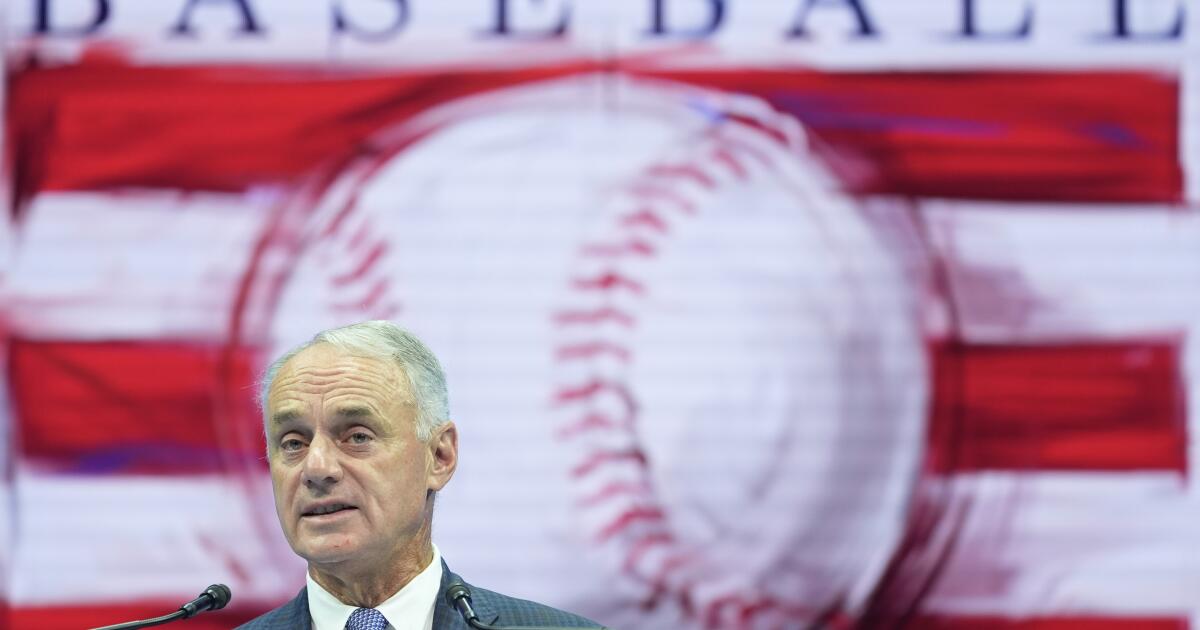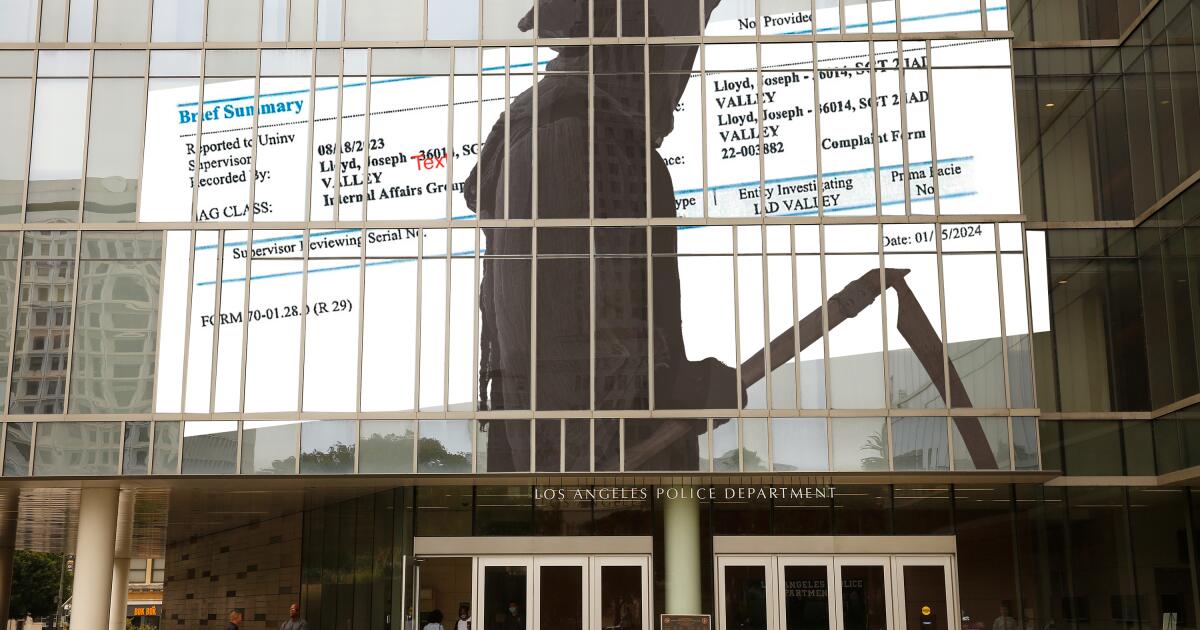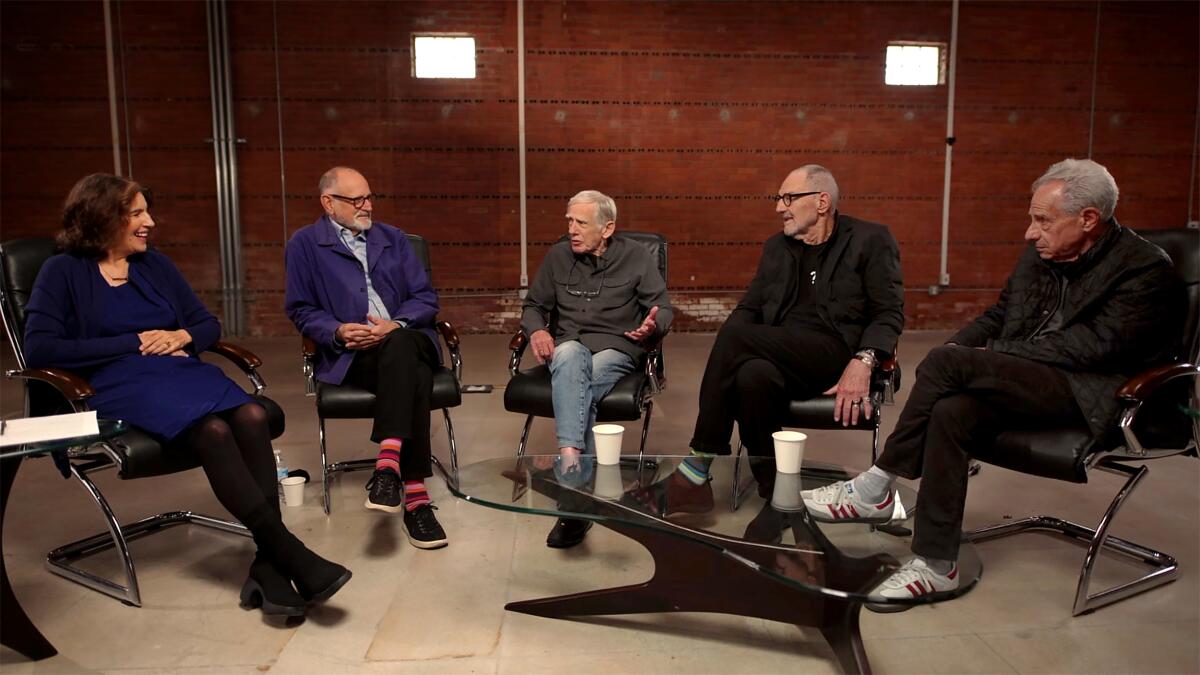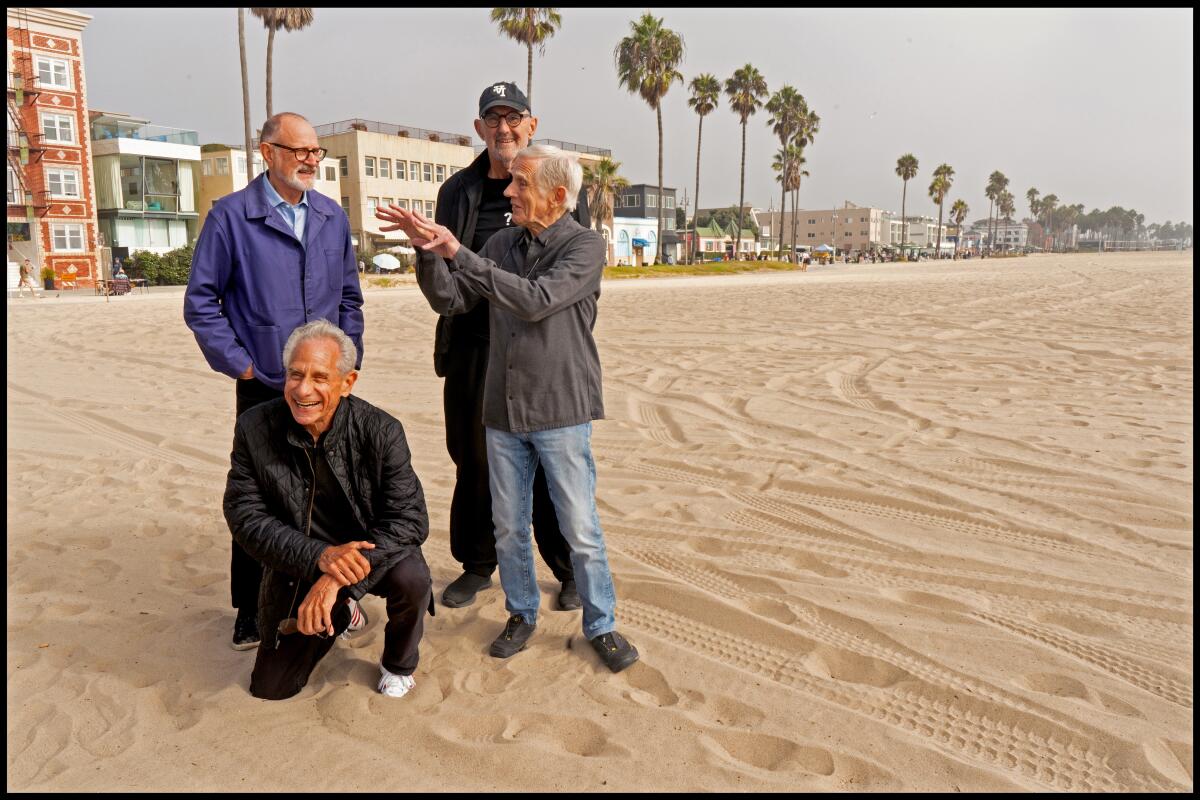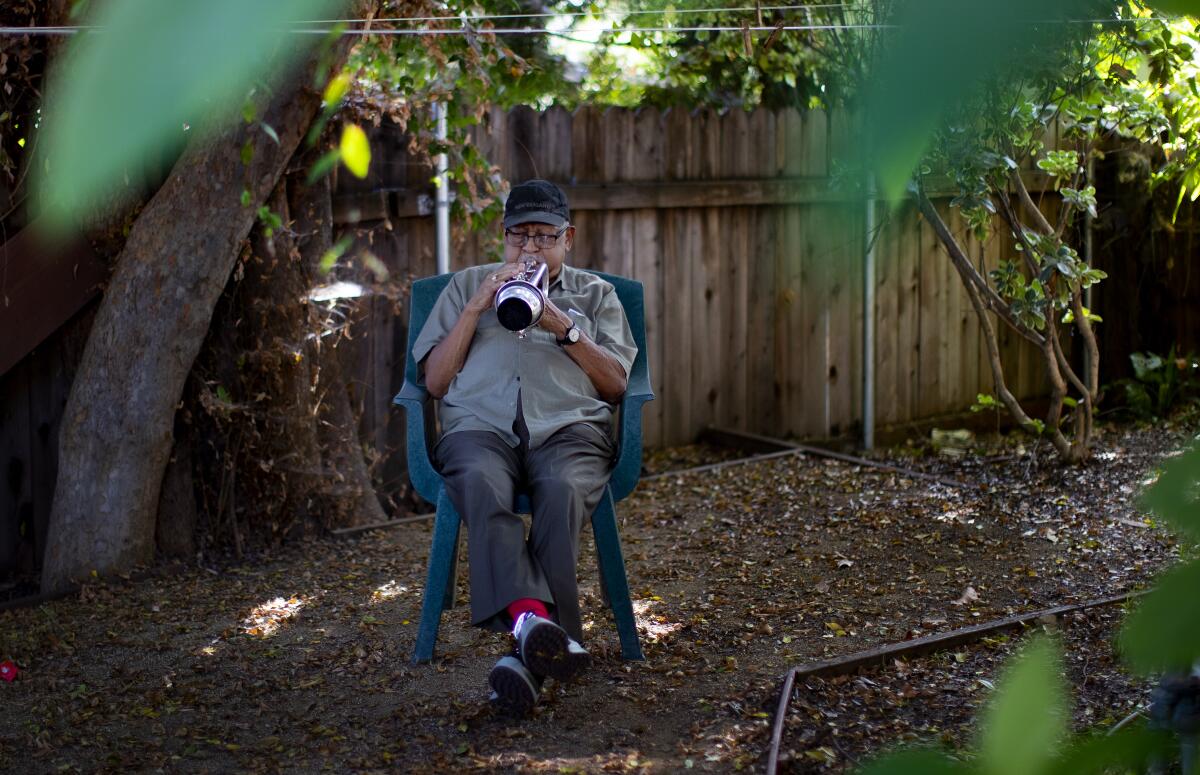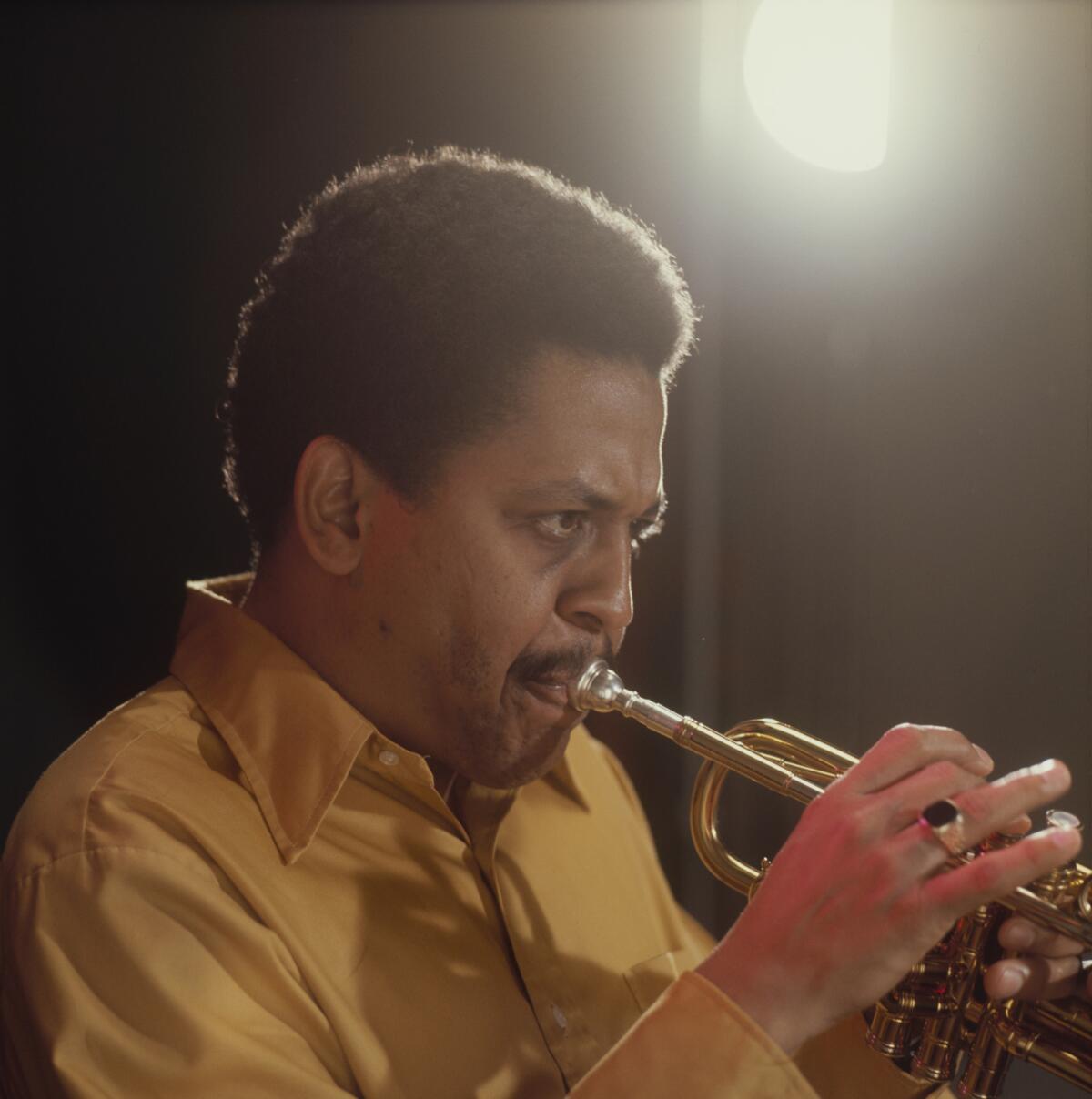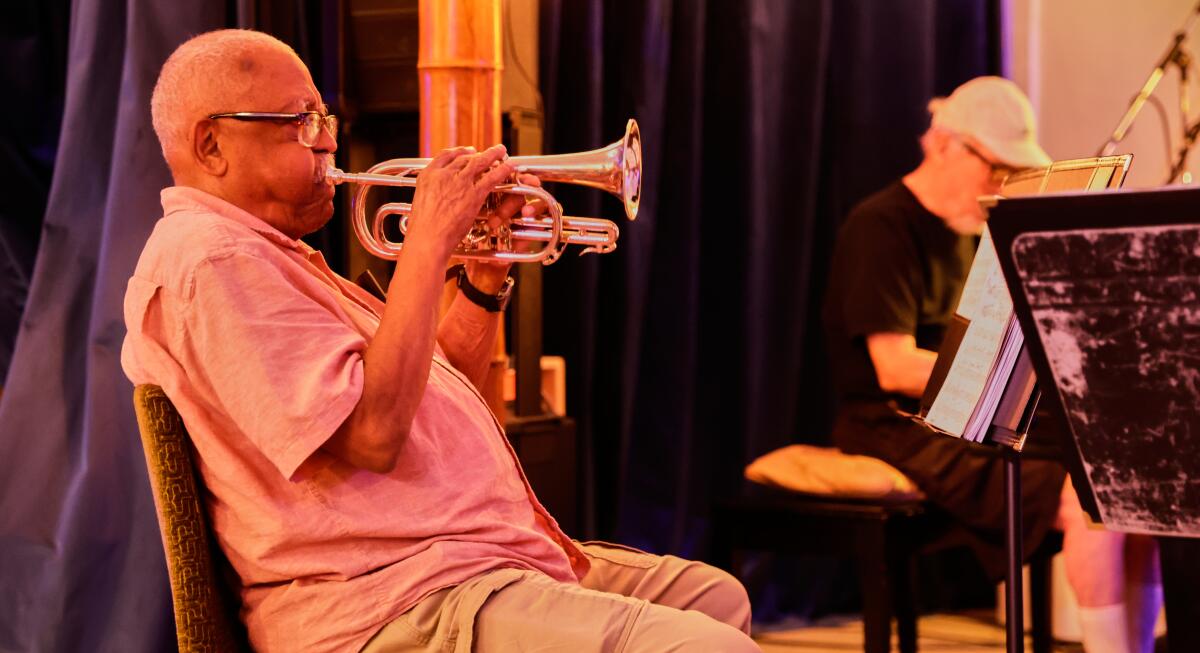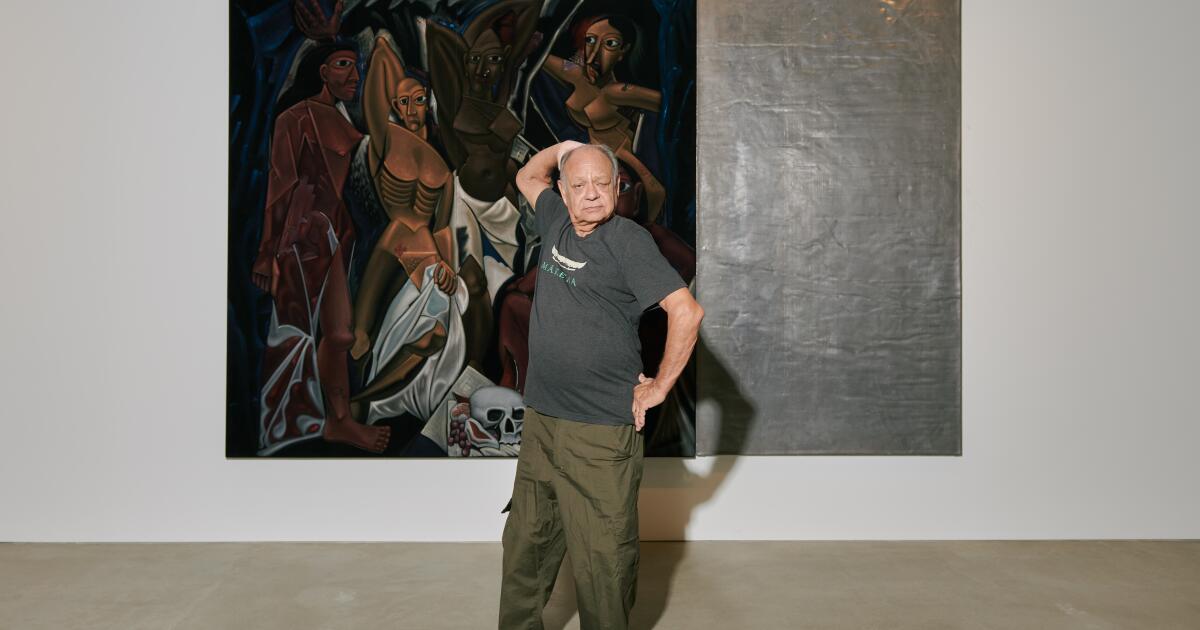Charlie Kirk gave young men something to believe in. Newsom wants to do the same
Like many young men these days, Kamaldeep Dhanoa, a lanky 17-year-old, knew he wanted to do something with his life, be a part of something, but didn’t quite know what that meant.
Coming up with a career was important. But even more, it was finding the right friends — discovering what he wanted to be a part of.
He did both when he joined Improve Your Tomorrow, a mentorship organization for teenage boys and young men — that vulnerable, chronically online demographic from which Charlie Kirk drew many of his most ardent supporters, and where so much of our societal angst is focused in the wake of his death.
Now a senior at Florin High School in a suburb outside Sacramento, Dhanoa has a plan to become a paramedic, and more importantly, has those friendships that help him feel not just connected, but included and valued.
His something.
“I just know I have brothers around me,” he told me Tuesday. “We’re always with each other. It gives you, like, a sense of security. So if you’re feeling down, you could always, always rely on them.”
Dhanoa was hanging out in his school’s gym with Gov. Gavin Newsom, who dropped by to announce the California Men’s Service Challenge, an effort to recruit 10,000 Golden State males to serve as mentors to boys such as Dhanoa, so more boys can find their something.
It’s a worthy effort and before you jump to thinking it’s a reaction to Kirk, I’ll point out that 10 years ago, California’s first partner, Jennifer Siebel Newsom, made a documentary about the crisis of connection and identity facing young men, “The Mask You Live In.”
Recently, her husband caught up.
To be fair, a lot of us have been slow on the uptake when it comes to understanding why so many young men seem drawn to the obvious loneliness and disconnection of chronically online lives.
Kamaldeep Dhanoa, 17, and Michael Lynch helped Gov. Gavin Newsom announce his new statewide initiative to engage more men in volunteer and mentorship work.
(Anita Chabria/Los Angeles Times)
“Touch grass” has become a generation’s cultural shorthand to describe both the isolation and cure for people who seem so deep into a virtual world that the real one has lost meaning. It’s a dismissive way of looking at a problem that doesn’t begin and end with boys.
But, if we didn’t see it earlier, Kirk’s killing has made it clear that there are too many boys that need to be pulled back from the brink of a very bad something. One that is less about left or right and more about exactly who and what those boys stumble upon inside those ethereal spaces that most parents can’t even find, much less understand.
“We’ve got to get these kids back,” Newsom said. “They’re very susceptible young men. They’re very vulnerable online.”
Even more concerning, when the nihilism of the darkest corners of the internet catches up to their psyches, “young people weaponize those grievances,” Newsom said — whether that anger turns inward or outward.
Suicide among young men has increased. In 2023, the male suicide rate was about 23 deaths per 100,000 men, nearly four times higher than for women, a number that has been climbing for years (albeit with some slight dips). Sadly, women attempt suicide more often, but men have a higher rate of completion, often because they use more deadly means such as guns.
But lonely boys are also more prone to commit violence on others, maybe especially when they mix their anger with politics. Once recent study by social epidemiologist Julia Schleimer at the University of Washington School of Public Health found that individuals who reported having few social connections were, “more likely than others to support political violence or be personally willing to engage in it in one form or another.”
For reference, about 15% of men have no close friendships, according to a recent poll by the Survey Center on American Life. Newsom puts that figure even higher for young men, with “one in four men under 30 years old reporting that they have no close friends, a five-fold increase since 1990.”
Kirk stepped into that gap, providing meaning and belonging not just through his podcasts, where he was best known, but through the grassroots Turning Point USA organization that gave thousands of young people (of both sexes) both an ideology and, equally as important, real-world connections and events.
“Obviously Charlie Kirk was a master at not only the work he did online, but offline, and his capacity to organize and engage,” Newsom said.
Whether you agreed with Kirk’s views or not (and I did not agree on many points, including matters of race, sexual orientation, immigration or the meaning of patriotism), he created that something that is missing for so many young people. He created a vision of an America that needed to be saved, and could be saved, through a dedication to a certain kind of family and a certain kind of faith. As Newsom described it of his own effort, young people don’t just want a cause. They want to feel invested, they want to feel an “obligation to give back.”
If Newsom’s recent foray into Trump-esque social media proves anything, it’s that he’s willing to learn, even emulate, success — wherever he finds it. Newsom is trying to offer the belonging that Kirk supplied, seeped not in the exclusion and rigidity that Kirk embodied, but in California values.
“It’s about building an inclusive community of all different kinds of voices,” Michael Lynch told me of the California Challenge. He’s the co-founder and chief executive of Improve Your Tomorrow, the organization Dhanoa belongs to.
Lynch said kids get all kinds of benefits from mentors, but when he asks what those are, the sentence usually starts, “Now that I have friends…. “
The outcome of the effort to bring boys out of the virtual world is all about who those friends are, who pulls them out.
Our boys don’t just need to touch grass, they need to be around men who don’t seek to impose values, but teach them how to craft their own, how to believe in themselves before they believe in something someone is selling.
“What the world needs is your authenticity,” Newsom told a teenage journalist who covered the event for the school newspaper. “And so I just hope we take a deep breath and discover the most important, powerful thing in the world, and that’s who you are.”
If Newsom’s effort inspires just one good man to step up and help a kid figure that out — who they are, and how to believe in themselves first and forever — it will be something.
